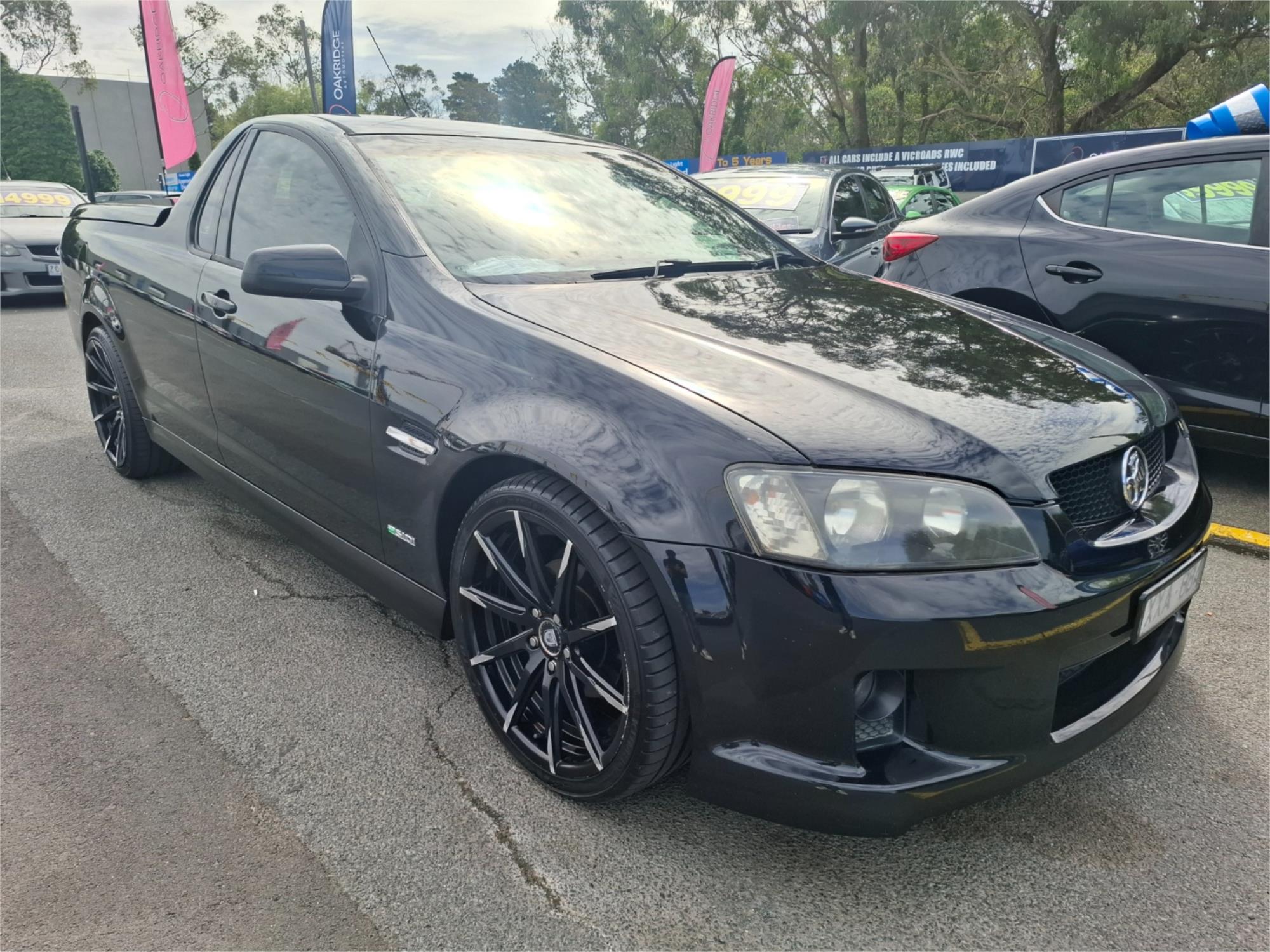Who exactly is the Luxury Car Tax protecting now
Why is it then that we seem to have become so complacent about our own luxury car tax? Particularly when we now have no car manufacturing industry to speak of, to protect?
Why too has the federal government chosen to ignore the lobbying from the nation-wide panel of specialists who make up the Australian Historical Vehicle Interest Group, who have spent the last 12 months agitating for policy change?
Long before Australia commenced manufacturing cars, this colonial outpost became an important market for the importation of cars – particularly those of a certain build and design quality deemed to match our harsh local conditions.

As a result, Australia has for generations been home to a pool of enduring classics from brands like Rolls-Royce, Bentley, Vauxhall, Cadillac, Ford, Chrysler and more.
But this colourful motoring heritage is genuinely under threat. As with the buying and selling of art, collectable cars belong to a world market.
As Australian-origin cars and motorcycles are inevitably sold to overseas buyers, particularly when exchange rates are favourable, the imposition of the LCT on classic, vintage and veteran cars places Australia unviably in the international marketplace.

Many local-origin cars and motorcycles find their way to the UK and Europe.
However, the LCT has stemmed the return-flow of classic, vintage and veteran cars imported to Australia, unrealistically inflating the cost of vehicles without a commensurate increase in their international market value.
For example, a very rare Tucker 48 (one of only 51 made) was purchased at auction in Monterey, California in 2009, for USD 1.265 million including buyer’s premium (AUD 1,417 million).

This was at the time, considered to be correct market value for that car. Imported into Australia shortly afterwards, the car ended up costing the owner almost $600,000 more in taxes, placing the car’s cost well above its value.
Exactly nine years on, the most recent sale of a similar Tucker Torpedo fetched USD1.82million (AUD 2.5 million).
Now, you might think that $483,000 isn’t a bad return on investment for the Australian collector, however compare that to the almost $1.1 million return the car would have achieved if it had not entered the country, the difference is no slim pickings.

Many significant and historically important classic cars have sold overseas in recent years.
They include Bentley R-Type Continental, rare alloy-bodied Jaguar XK120, vintage Stoewer tourer, Aston Martin Lagonda Rapide, Vauxhall 30/98 tourer, Ferrari 250GT Lusso and more.
Whilst these cars have been traded on an international market at true market prices, cars attracting the LCT imported into Australia have been penalized, making them a poor investment, particularly at the top end of the market which regularly sees these cars trading in the millions of dollars.
Even these very same cars, were they to be imported back to Australia, may face the very same taxes, again artificially raising their price and ensuring that they are unlikely to ever return whilst this legislation is in place.

So, what does this mean for the regular punter like you and me, who might have a classic or two of our own, but who also loves to see the cream of the crop at events like Motorclassica, the Bay to Birdwood or any number of historic events around the country?
After all, classic cars have an enormous following in Australia with more than 600 clubs, and internationally the movement is booming. A recent study in the UK placed the value of the classic car industry in that country in excess of GBP 5.5 billion per annum.
Here at home, a recent survey of Motorclassica visitors indicated that, visitors spend approximately $6.9 million at the event, and expect to spend a whopping $104.3 million in the following year on their classic cars and motorcycles.

Those numbers feed into an industry which employs thousands of tradespeople, artisans, retailers, wholesalers, manufacturers, restorers, freight and storage suppliers and so on, as well as the wider motoring industry.
Our rare, exotic and beautiful cars are not only a part of Australia’s cultural capital, but provide tangible benefit for all Australians, not only in the creation of jobs but in the sustainability of a significant “cottage” industry of highly skilled professionals that would thrive with the removal of this unjustifiable tax.
And guess what? That industry generates tax revenue too. Remember what the UK valued their classic car industry at?

“Rolling art” is a term often bandied about in collector car circles. It refers to the way in which automotive design has evolved and the way in which old cars represent an artistic aesthetic of their time.
In the same way that a country might pride itself on its artistic heritage, so can it pride itself on the collection of automobiles stabled locally and available to be shared to the wider public as art is displayed in galleries around the country.
Concours and race events around the country are one type of “gallery” for the public to enjoy our automotive history, in addition to the obvious museums scattered throughout regional and big city Australia.
And yet, when we visit the art gallery, has each old master on display incurred a tax penalty to be homed here? If they had, you can better your mother-in-law that galleries would no longer be free.

To argue that an exemption of LCT from vintage, veteran and classic cars is a cynical tax cut for the wealthy is far too simplistic and ignores both cultural considerations and the potential growth of a skilled industry in support of the movement.
Right now, the balance is skewed with more historically important vehicles leaving the country than entering.
Lest we wish to see a large part of our cultural cache slip through our fingers, urgent changes must be made to redress the imbalance.
Holden upped stumps a year ago.
Ford a year before that.
What are we waiting for?
Paul Mathers is the Event Director of Motorclassica and classic car owner.
Follow him on Instagram:













